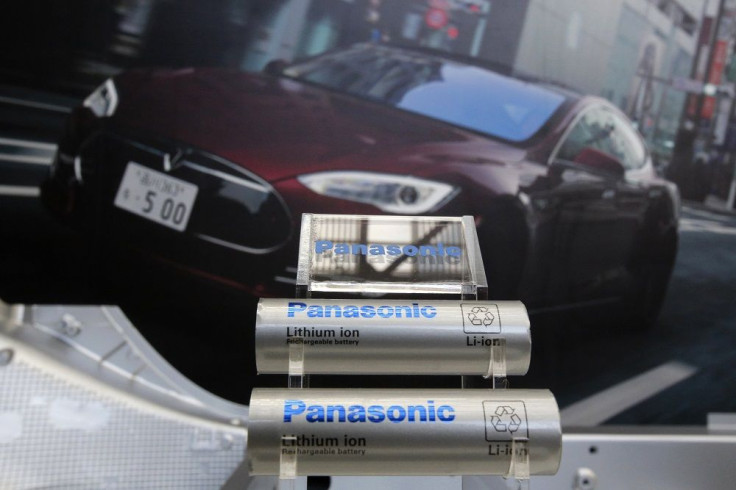Stanford researchers develop lithium-ion batteries that do not heat or explode

A team of researchers at the Stanford University has developed the first lithium-ion battery that can't overheat. The new battery shuts itself down before it overheats, thereby preventing any battery explosion.
According to the researchers, the new lithium-ion battery restarts itself after its temperature cools down. The team believes that the new technology could prevent the incidence of fires that have prompted recalls and a ban on batteries and battery-operated devices in the past.
"People have tried different strategies to solve the problem of accidental fires in lithium-ion batteries," said researcher Zhenan Bao in a press statement. "We've designed the first battery that can be shut down and revived over repeated heating and cooling cycles without compromising performance."
Several attempts have been made in the past to manage the overheating problem associated with lithium-ion batteries. A traditional lithium-ion battery consists of two electrodes and an electrolyte that facilitates transfer of electrons. Overheating takes place as a result of shorting, puncturing or charging the battery for a long duration. Temperature beyond 150 degrees Celsius could trigger an explosion or fire.
In 2014, another team of Stanford researchers created a “smart” battery that prompted a warning before getting too hot. However, such techniques were irreversible; that is, once the battery gets damaged because of overheating, it remains damaged forever.
To create the new lithium-ion battery that can't overheat, the researchers coated spiky nickel particles with graphene and embedded it in a thin film of polyethylene. The team then attached the setup to a set of two electrodes so that current could flow.
The current could only pass through the battery when the spiky nickel particles touch each other. In case of thermal expansion, the polyethylene stretches, spreading apart nickel particles from one another. This makes the film non-conductive so that no current passes through it, reports Nanotechnology Now.
The complete details of the study have been published in the journal Nature Energy.






